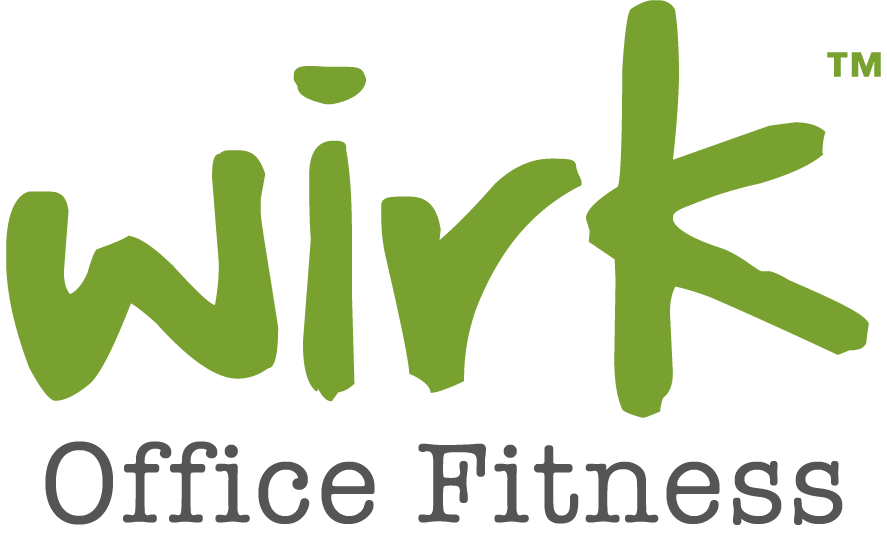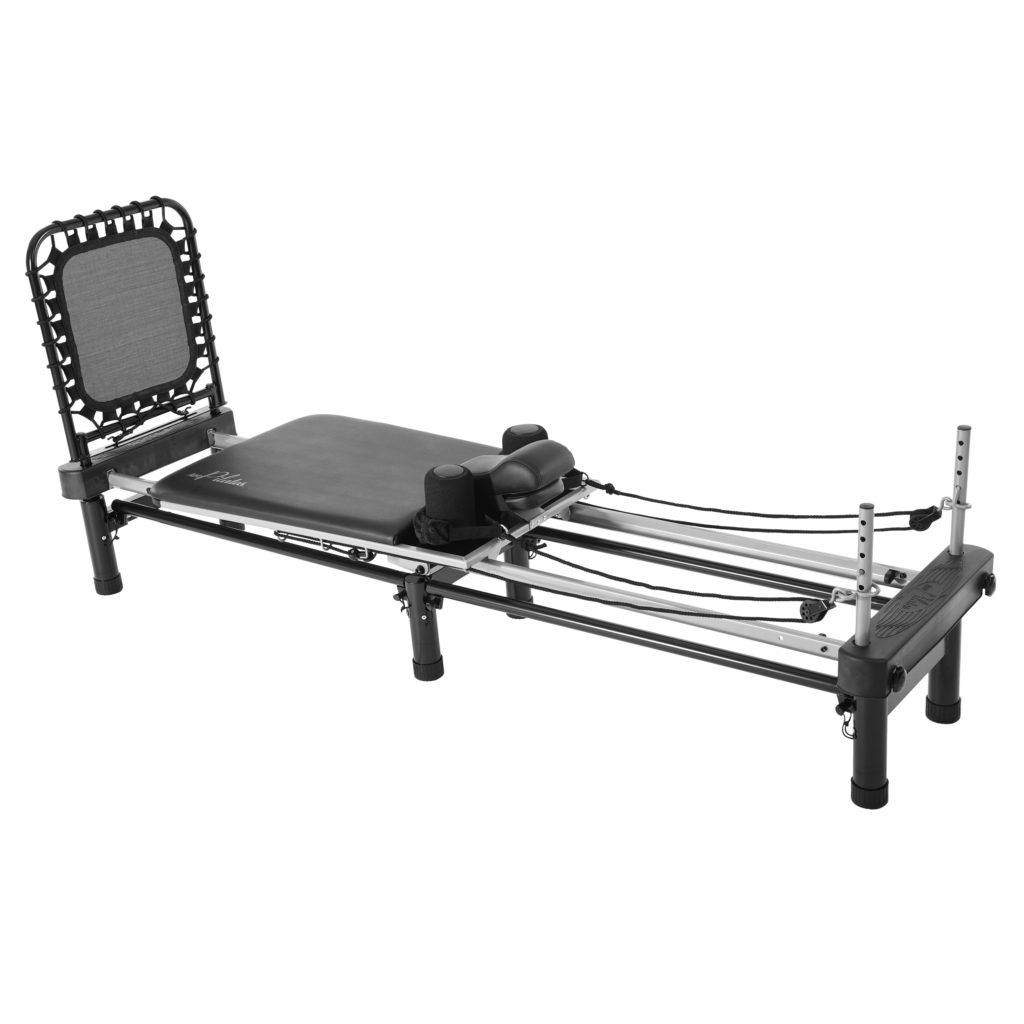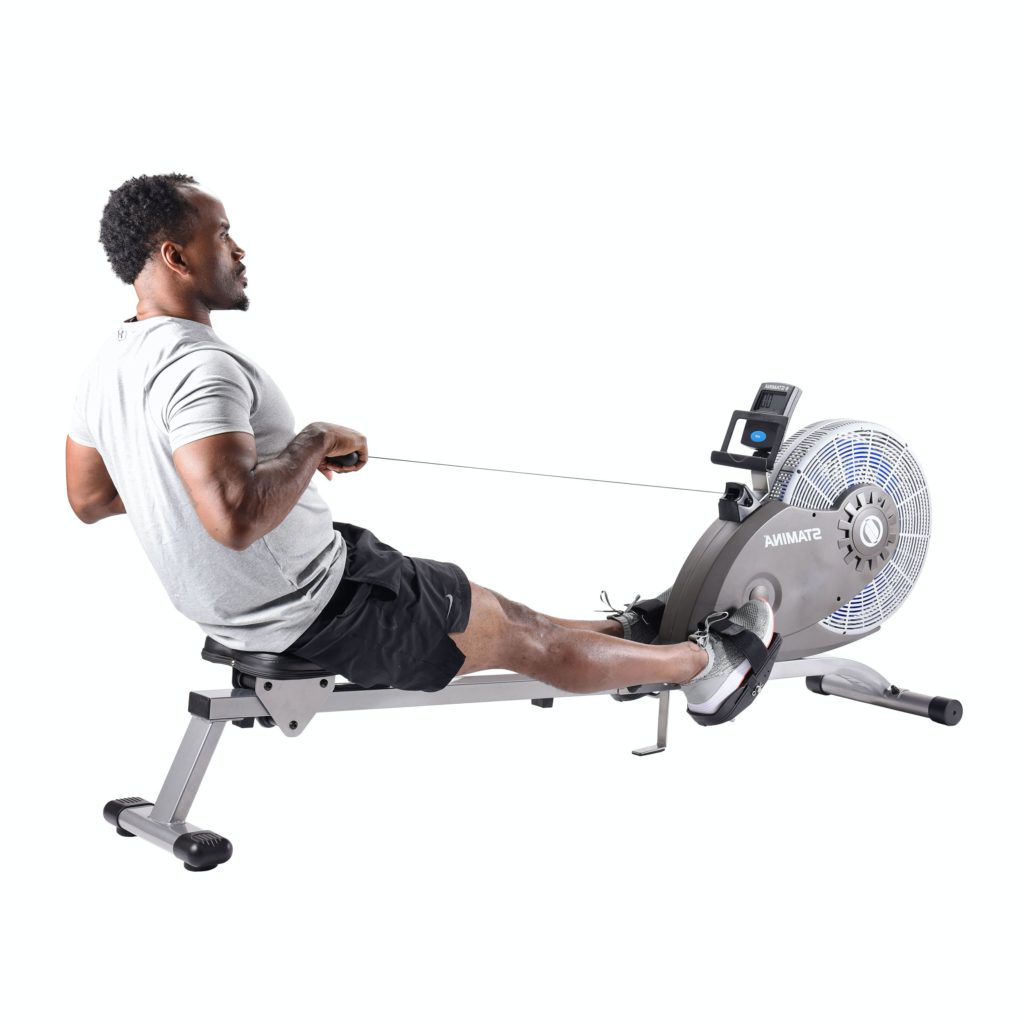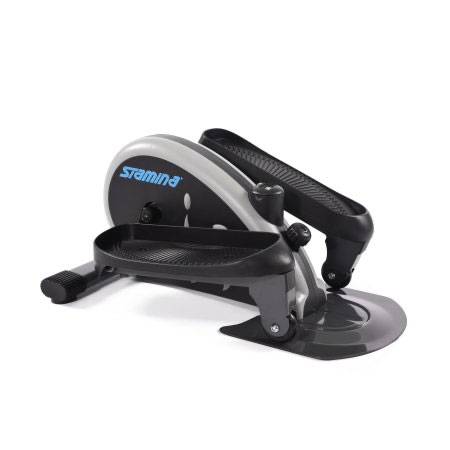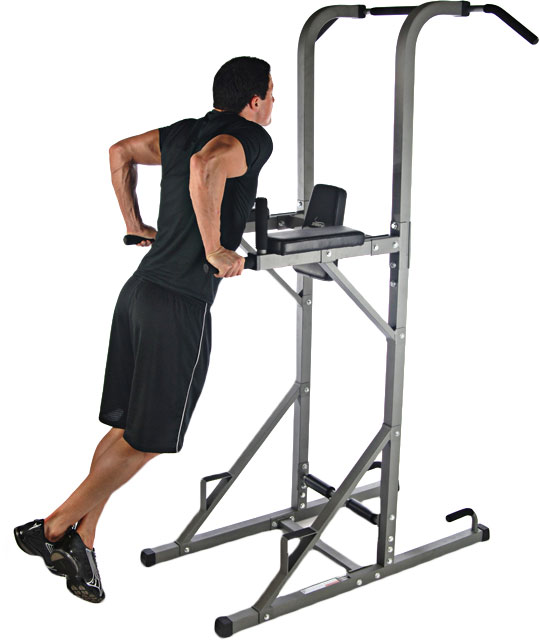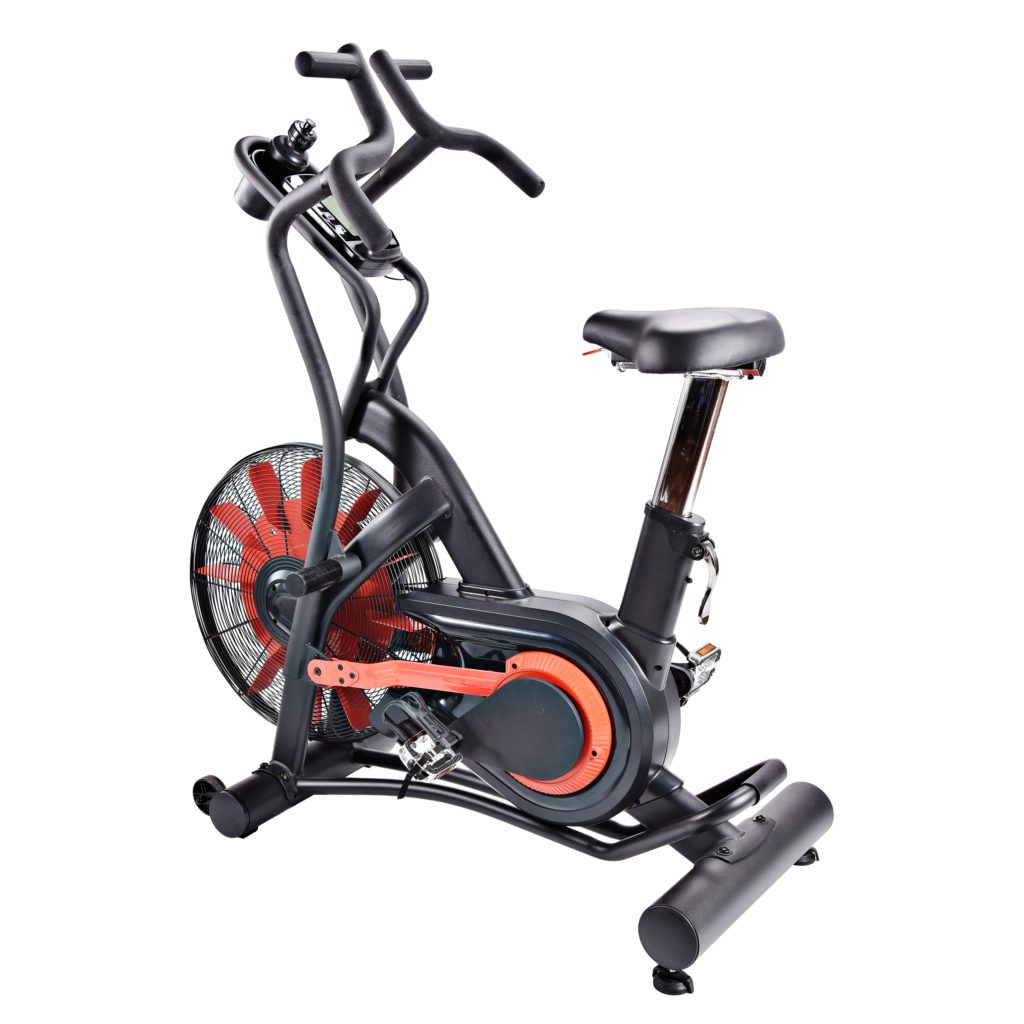10 Ways to Track Fitness Progress & Meet Your Goals
We know the story.
You decide to make exercise a priority. You work out for several days. After a week or two, you don’t notice any progress, so you abandon your goals. (We’ve been there.) Time passes. You decide to work out again. Repeat.
Break the cycle!
Progress doesn’t happen overnight. Seeing results takes time and commitment. The best way to stick to your fitness goals is to track your progress.
Changes in your body and the way you feel are fantastic movement motivators. Tracking your progress increases the likelihood that you’ll reach your goal and encourages you to spend your time efficiently. You’ll want to keep moving when you notice you can do more reps than last time or your clothing fits differently.
How do you know if you’re making a difference? Explore these ten ways to measure fitness progress. You may need to experiment to discover what works best for you.
1. Keep A Fitness Journal
Tracking your progress can be as simple as keeping a journal. Logging your workouts and meals doesn’t have to be complicated. You can use a notebook and pen, digital notes on your iPhone or an Excel spreadsheet.
Write down the exercises you performed and the number of sets or reps. If you completed strength exercises, record the weight you used. If you ran a mile, record your time. Be sure to include how you feel after the workout. Were the exercises challenging or easier? Do you feel energized?
Your journal is also a great place to track your diet. Exercise alone won’t help you see results or feel stronger in your skin. A healthy diet is necessary, too.
Counting calories for every single thing, every single day, is extreme. We recommend spending a week or so writing down what you eat. By paying attention to your eating habits, you’ll know if you’re missing out on nutritious, whole foods or eating too many potato chips between lunch and dinner.
Spend this time educating yourself on what and how much you currently eat. Then find opportunities to eat better foods or smaller portions.
2. Use a Fitness Tracker or App
Another way to track fitness progress is to let technology take the lead. Fitness trackers, smartwatches and apps show and store meaningful data from your workouts. A Fitbit or an Apple Watch will tell you exactly how many steps you’ve taken and monitor your heart rate over time.
If you’re tracking steps, you can choose to keep it old school. A pedometer without the bells and whistles still does the trick.
Many apps are available to help measure your fitness progress.
- MyFitnessPal empowers you to make healthy choices. You can log meals, set nutrition goals and use nutritional insights to plan meals on the app.
- FitNotes helps you keep track of your movement at home or the gym. Add to your workout logs and record reps, distances and times.
- Strongly is another workout log and fitness tracker. With Strongly, you can log previous workouts and create future workout routines. The app tracks the total mass moved per exercise.
- Jefit lets you build custom workouts and plan for your next session. As you go, you can track your training, zero in on body stats and analyze your results.
- müüv helps you live an active lifestyle by focusing on minutes moved. The müüv app’s smart audio coaching personalizes your workout while integrating with Stamina equipment.
3. Snap Workout Progress Pictures
Bring on the post-workout selfies! We look in the mirror every day, which changes our perception of our bodies. It can be hard to catch the full extent of your progress over time. Progress pictures help you see the difference in your body from week one to week eight.
Try to take progress pictures at the same angles, time of day and in the same light. Daily weight fluctuates, so a photo of you first thing in the morning will look different from one taken after you’ve had a meal. Lighting also affects how your body looks in an image. Bad lighting can create shadows and hide your progress. Wearing similar clothes (or the same outfit) in each progress picture helps you spot the differences, too.
When you take the photos, store them away for later. Don’t compare photos from three days ago to now. You want to compare pictures that are four to six weeks apart.
4. Feel How Your Clothes Fit
A great way to measure progress is to use your clothes. Find that shirt you want to fill out. Get out the pair of jeans you’d like to fit into.
The way a piece of clothing feels can tell you if you’re making headway on your goals. Does the clothing feel looser? Tighter? If you choose to use clothing as a motivator, we recommend selecting the same piece of clothing and measuring your progress once a month.
5. Hop on the Scale
The scale is often a go-to way to measure weight loss. However, the scale doesn’t tell you the complete truth. Weight fluctuates daily based on water retention and bowel movements. Salty foods, watery veggies, soups, excess carbs and alcohol cause your body to retain water.
An adult’s weight can fluctuate 2 to 6 lbs. in a day. Daily weight fluctuations are normal. They won’t stop you from achieving your goals. Watch out for larger weight increases that last more than a day or two. These increases are not due to water—though they may mean you are building muscle.
If you live and breathe by the scale, we recommend weighing only once a week and using other measurements to track your success. Weigh yourself first thing in the morning after using the restroom.
6. Take Measurements
Muscle weighs more than fat, which is why a scale can be deceiving. Your muscle takes up less space because it is leaner than fat. When you measure your body, you will see incremental changes.
As with the scale, we don’t recommend measuring daily. Use a tape measure to record the size of your neck, shoulders, chest, biceps, waist, hips and thighs once a week or every other week. Choose the same time of day and conditions when you measure.
If you’re looking for a broader measurement, try calculating your waist-to-hip ratio. This ratio gives you an idea of your overall health.
Measure your waist and hip circumferences. Then divide your waist circumference by your hip circumference. The resulting number should be 0.85 or less for women and 0.9 or less for men—anything higher points to an increased risk of heart disease and other chronic conditions.
7. Do the Squat Test
A way to gauge your core and leg strength is to squat. Stand with your feet shoulder-width apart and arms straight out in front of you. Then squat! How does it feel? Can you perform several squats with good form? Do your knees collapse inward? Do you lean to one side?
You may want to squat in front of a mirror so you can see your form. Watch yourself from the front and the side. Over time, your form will improve, and you will feel stronger.
8. Check Your Blood Pressure
Progress is about more than looking good. Whether you want to lose weight or gain muscle, your blood pressure gives you an accurate depiction of your overall health.
Blood pressure is an indicator of heart health, and it’s affected by exercise, nutrition and stress. As you work out more, your body grows stronger—as does your cardiovascular system. Your blood pressure can show decreased heart and chronic disease risk.
9. Challenge Your Body
How you feel is the greatest measurement of progress. You can determine increased strength, flexibility and endurance by challenging your body.
Pick one exercise and perform it regularly. Are you able to perform more reps than last month? Are you able to add weight? Does the exercise feel easier? Tracking progress this way focuses on what your body can do, not how your body looks.
Here are a few examples:
- Plank. Add more seconds each week. Can you hold a plank longer?
- Push-ups. Add more reps each week. Can you do one more push-up than the week before?
- Burpees. Add more reps each week. Do the reps get easier?
Your challenge could be something larger, like attending a 5K every year or signing up for a spin class. You can compare your overall progress from year to year by noting if these events feel easier or harder to do. Did you beat last year’s 5K time? Did you run more than you walked? Use fun events in your life to challenge your body.
10. Count Active Minutes
The final way to measure fitness progress is to count your minutes moved. We know we’re supposed to move at least 30 minutes a day, five days a week. If your goal is to be more active, counting minutes is a simple way to help you add movement to your day.
Fitness trackers and apps can keep tabs on how much time you’ve been active each day. The müüv app tracks workout progress in minutes while coaching you through exercises and intervals. Each time you complete a workout, whether walking, rowing or stretching, the app saves how much time you spent moving.
There are many ways to track your fitness journey. One method may work better for you, depending on your lifestyle, personality and goals. Tracking your progress will help you keep exercising and moving toward the results you want to see.
Ready to up your exercise game?
Shop Stamina Products. Find equipment to take your fitness routine to the next level.




